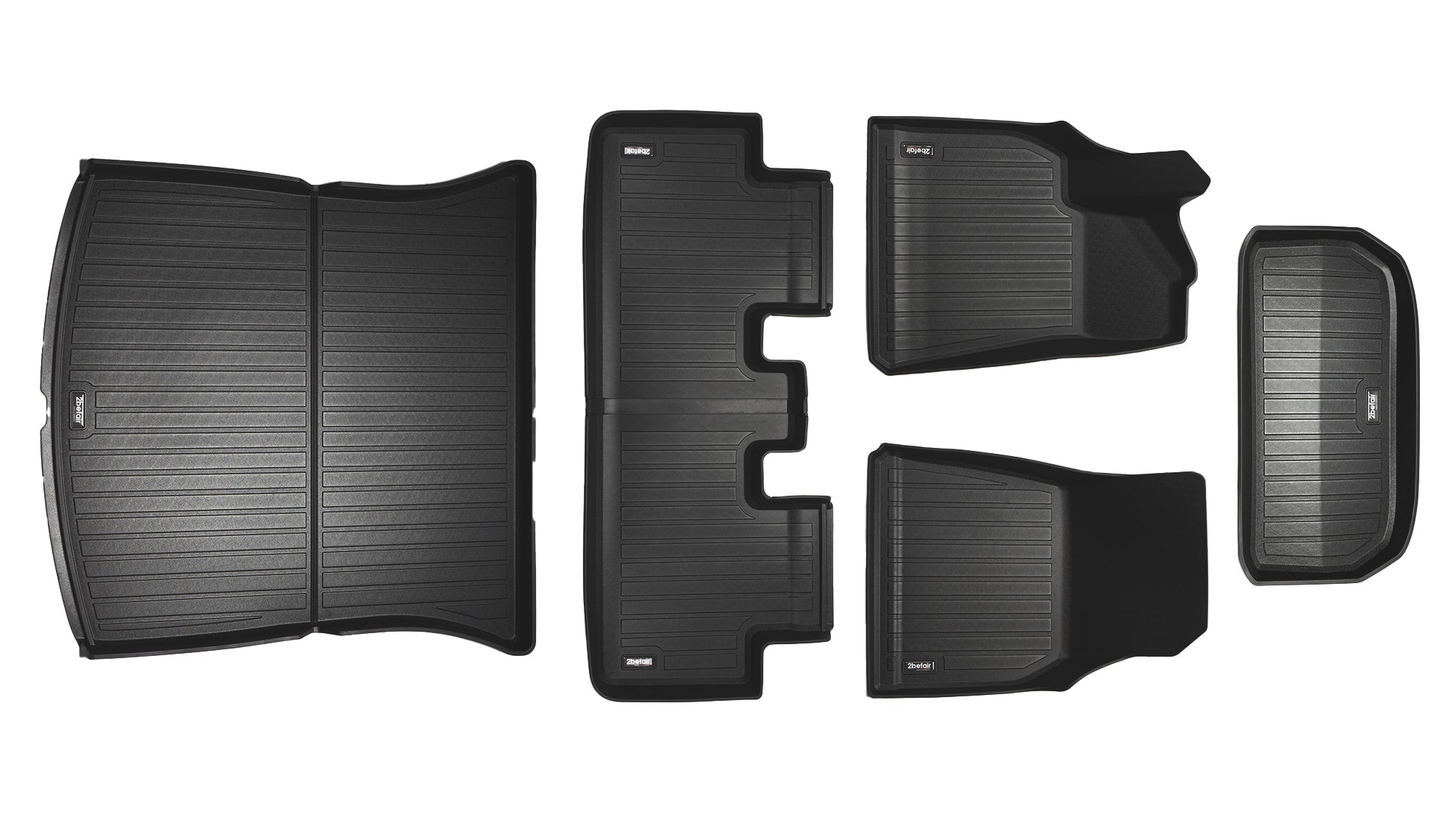Tesla Robotaxi-Model Y with mysterious metal bracket under the trunk: Early risers in Austin have spotted the component multiple times. We summarize what is known – and why much points to wireless charging.
Exciting for us in Europe: Even if the Robotaxi service initially only runs in Texas, this technology could later come worldwide.
What was discovered?
A flat, silver crossbar sits centrally under the rear bumper of the Robotaxi-Model Y. It is missing in all production vehicles.
Most likely explanation: Inductive charging
Tesla has owned the German wireless charging start-up Wiferion since 2023 and has already published patents on "beam-steering" coils. For a fully autonomous shuttle operation without personnel, inductive charging is ideal because the vehicle simply parks over a ground plate.
• Position exactly where a primary receiver can be mounted
• No change to the gigacasting needed – perfect for early tests
• Compatible with Tesla's strategy to automate entire robotaxi depots
What speaks against other theories?
– Underbody protection: Too far back, protects neither battery nor drive.
– Camera protection: Splash water hits the bumper first, not the bracket.
– Aerodynamics: Flat bar creates additional air resistance.
Why this is important
• Reduces charging logistics costs, as plugs, robotic arms, and personnel are eliminated
• Increases fleet availability because all vehicles can automatically "refuel"
• Data from the tests will flow into future FSD versions – also relevant for Europe
Outlook
Tesla is currently testing around 20 robotaxis in Austin. If the bracket setup proves successful, larger fleets with inductive charging stations could follow – another step towards scalable, fully autonomous mobility.
Conclusion
The new rear bracket strongly suggests that Tesla is targeting the next hurdle – autonomous charging. Wireless charging would be a key to economically deploying robotaxis in large numbers. We will keep you updated as soon as more details emerge.







































